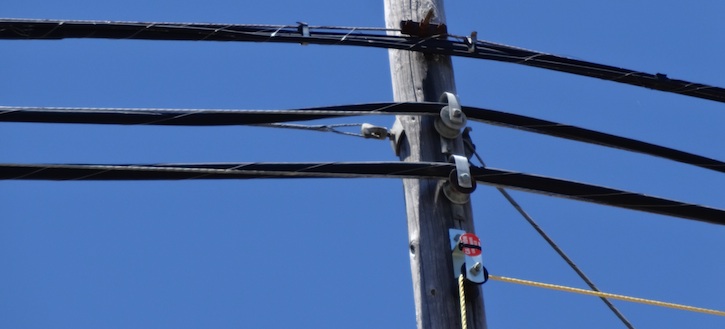
The most difficult and costly part of any wireline broadband infrastructure project is getting cable from point A to point B. There are two primary ways of doing it: stringing it on poles or running through buried conduit. Since the chances of getting permission to build a new pole route in California is only slightly better than the odds of getting approval to drill for oil in San Francisco Bay, your only independent alternative is to start digging, at the rate of $30 to $60 a foot or more.
But public utilities in California do not operate completely independently. That’s good news if you have the seal of approval from the California Public Utilities Commission, otherwise known as a certificate of public convenience and necessity. That piece of paper gives you the right to go to other (older) utilities, like PG&E or AT&T, and force them to let you use their poles and conduits. Up to a point, anyway. If there’s no space available, then it’s generally up to you to pay the cost of making room, which can be quite high if poles have to be replaced or new duct work installed.
Even so, the contract terms that regulated utilities impose on each other are, to a large extent, regulated and publicly disclosed. Jim Warner at UCSC has taken the trouble of hunting down several of these contracts and posting them. As he explains…
Regulated utilities with access to public right-of-way must share resources with other utilities. Rates are established in contracts that also set other terms of sharing. Underground duct rents for about $1 per foot per year. Right to attach a cable to a phone or power pole is about $5 per pole per year. I have a collection of contracts with rates.
Which is right here, although I’ve pasted the links he’s gathered to date below as well. Happy reading.
